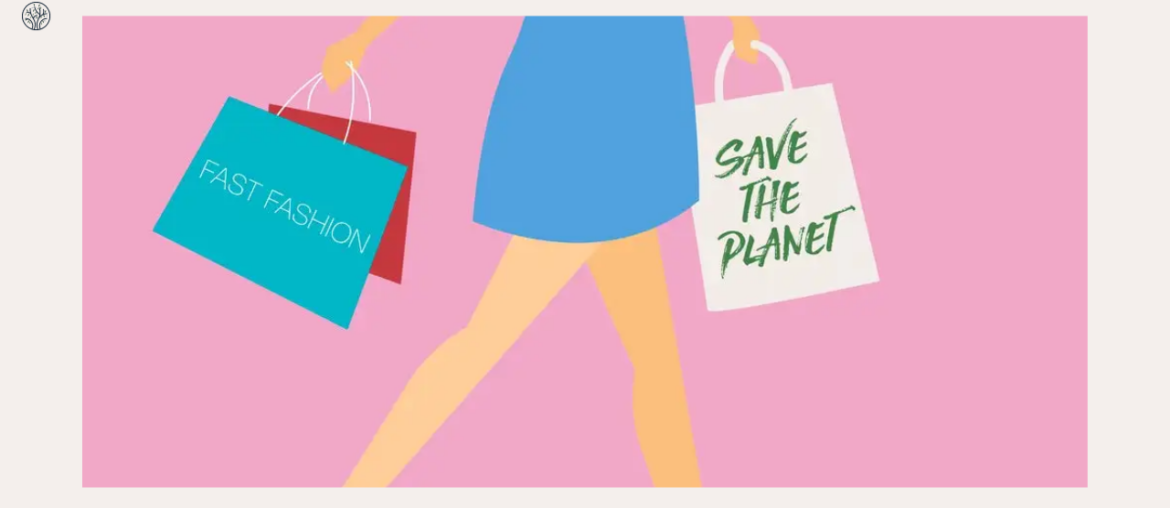The fashion industry is one of the most influential industries in the world, and it has contrasting sides that many are unaware of. Two of them are fast fashion vs sustainable fashion.
In this blog, we will dive into the world of fast and sustainable fashion, how they differ, and how you can make more conscious choices regarding your wardrobe.
What Is Fast Fashion?
As we shared in the last article about the impacts of fast fashion, it is the business model of rapidly producing and selling cheap and fashionable clothing. Fast fashion brands attract shoppers by reducing production costs and providing affordable clothing, which leads to frequent buying and a culture of disposability.
Pros:
- Affordable clothing is available to a wide range of consumers.
- There is a vast selection of designs influenced by current trends.
- Rapid production ensures up-to-the-minute styles.
Cons:
- Workers in production factories endure poor working conditions and receive low wages.
- Excessive water usage and waste production have many negative impacts on the environment.
- Fast fashion companies promote excessive buying and discarding of clothes after minimal use.
What Is Sustainable Fashion?
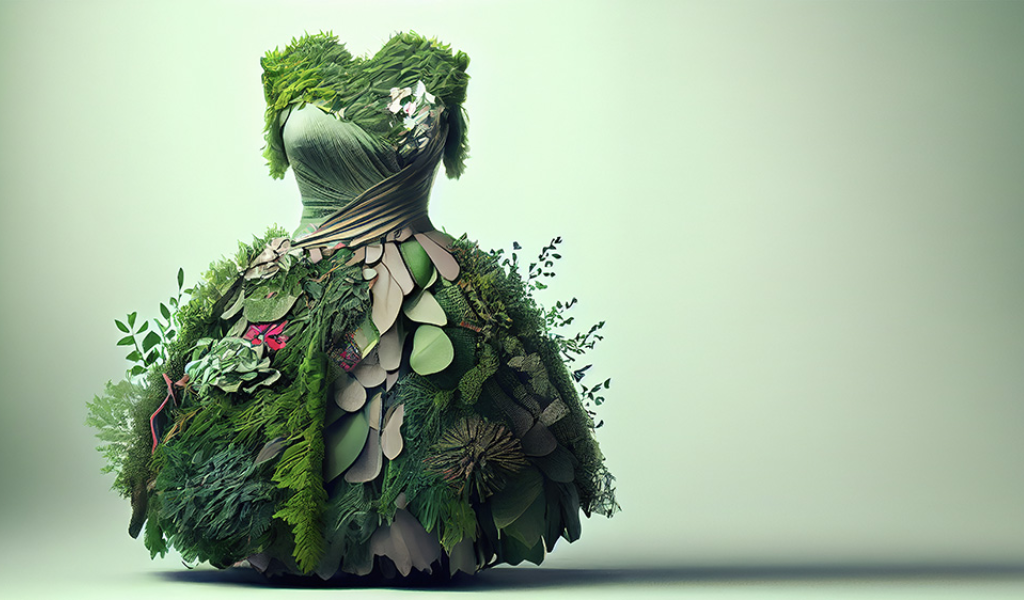
Sustainable fashion is the movement that aims to decrease the negative impacts of the fashion industry on the environment, the workers, and the consumers. This term contains various aspects, such as ethical and fair-trade fashion, eco-friendly or ‘green’ fashion, slow fashion, upcycled fashion, and more.
Some examples of sustainable fashion brands are MUD Jeans, Whimsy + Row, Afends, A.BCH, and Kings of Indigo.
Pros:
- Workers receive fair treatment and work in safe conditions
- The connection between fashion and sustainability is rising with eco-friendly materials.
- Consumers tend to buy environmentally friendly clothing that lasts longer and in a moderate quantity.
Cons:
- Sustainable clothes are often more pricey due to high-quality materials and fair compensation for workers.
- Sometimes it’s hard to keep up with the latest fashion trends when focusing on sustainability.
Fast Fashion vs Sustainable Fashion
Now, let’s analyze how fast and sustainable fashion compare regarding consumer perspective, environmental impact, and social responsibility.
Consumer Perspective
Our shopping choices are crucial for the fashion industry’s future. While fast fashion immediately gives us cheap and trendy items, sustainable fashion promotes responsible consumption and advances long-term environmental goals.
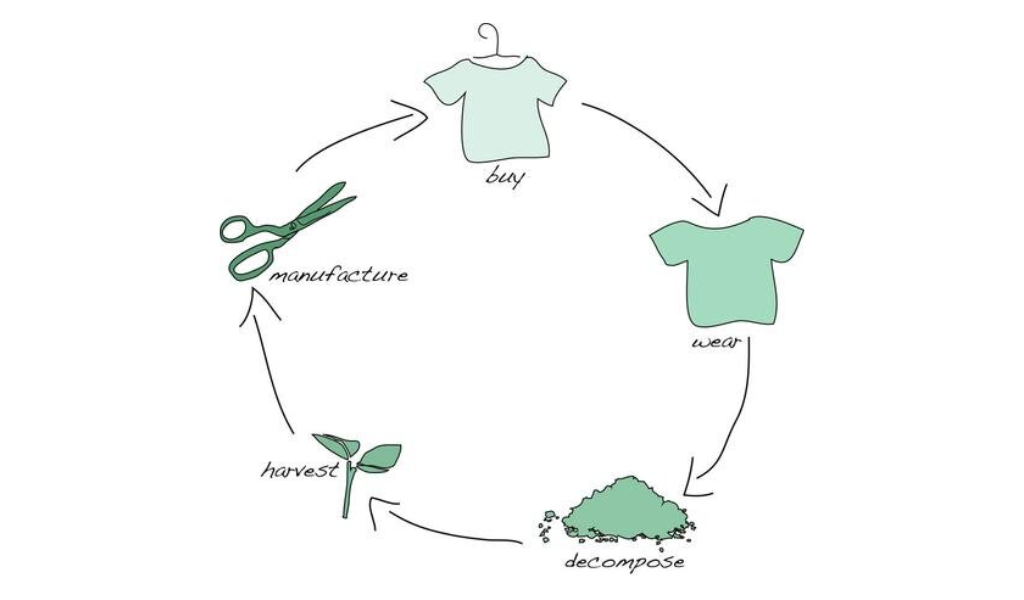
The fast fashion industry targets people seeking trendy styles without breaking the bank. However, consumers must consider the concealed costs, such as unethical labor practices and environmental harm.
Conversely, supporters of sustainable fashion prioritize mindful shopping, opting for timeless pieces that resonate with their principles and beliefs.
Environmental Impact
Another difference between fast fashion vs slow fashion is their impact on the environment. The fast fashion industry is infamous for how much it harms the environment. These companies use tons of water, release harmful chemicals, and create tons of textile waste because consumers will quickly throw away their cheap clothes.
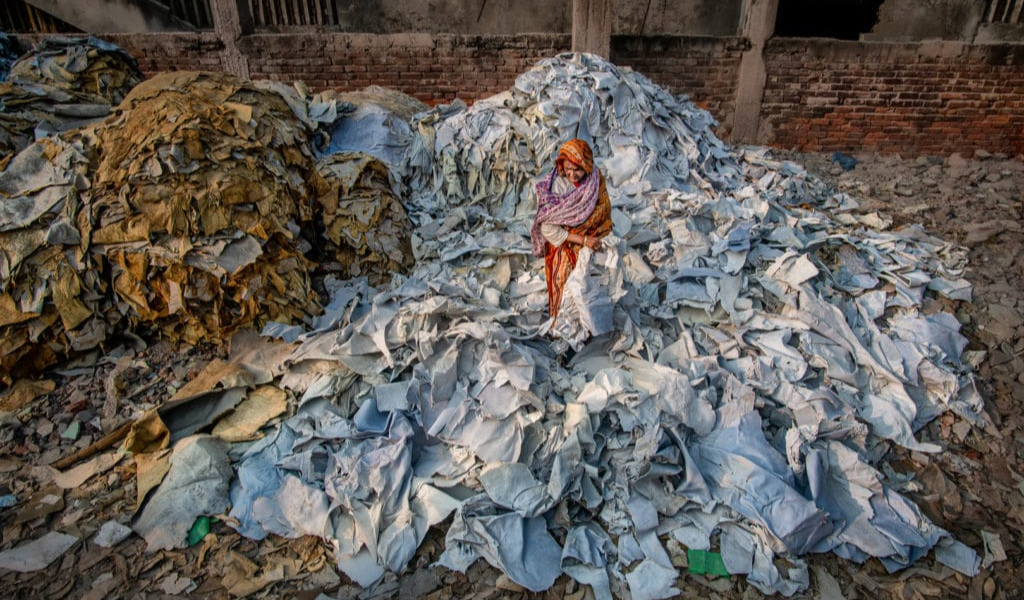
On the other hand, sustainable brands try to lessen their impact on the Earth. They use eco-friendly ways to produce clothes, like using organic or recycled materials. These brands also encourage recycling and upcycling garments to give them a longer life.
Social Responsibility
Fast fashion brands have received broad criticism for how they treat workers in developing countries. As stated above, workers often work long hours in unsafe conditions and get little paid, which causes many tragedies, such as the 2013 Rana Plaza disaster.
But sustainable brands do things differently. These companies treat their workers fairly with good working conditions and reasonable pay. They want to ensure their workers are safe and well-cared for, which is a better way to do things.
How to Make Fast Fashion Sustainable?
Making fast fashion sustainable is a challenging mission. Some fast fashion brands might say they are doing things to help the environment or treat workers better. Even when some fast fashion brands try to greenwash their image by using terms like “eco-friendly”, “organic”, or “recycled”, these efforts usually don’t make a real impact or bring about meaningful change.
Then how can fast fashion companies be more sustainable? The most effective solution is to stop buying from fast fashion brands and start supporting better ways of making and buying clothes that don’t harm the environment and people.
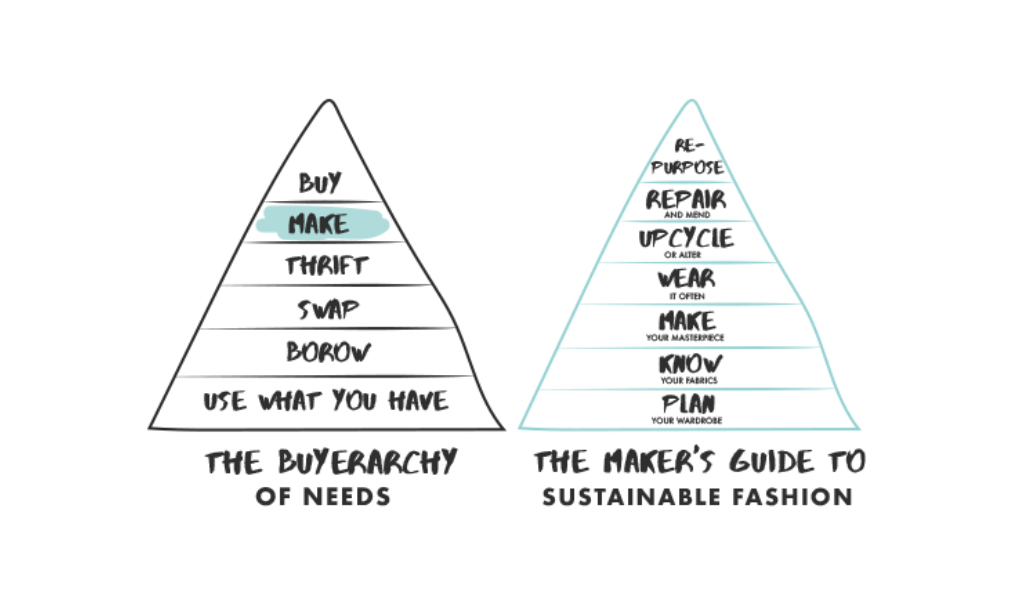
But we know that not everyone can afford sustainable fashion. Therefore, we must work together – consumers, clothing brands, and the workers who make the clothes:
- Learn about sustainable fashion: First, we must understand sustainable fashion and its importance. It’s about making good choices for the environment, society, and the people making the clothes.
- Buy less, choose well: Instead of buying lots of cheap clothes, we should purchase fewer items but choose high-quality ones that will last longer. This action will reduce waste and encourage companies to make better, longer-lasting products.
- Fix and get creative: If your clothes have small tears or are a bit worn out, we can learn how to fix them. We can also get creative and transform old clothes into something new and unique.
- Recycle and reuse: Promote circular fashion concepts, including clothing recycling, upcycling, and designing for disassembly. We should encourage brands to take responsibility for the full lifecycle of their products and promote a circular economy.
- Support ethical labor: Advocate for fair wages, safe working conditions, and workers’ rights within the fashion industry. Support brands that are transparent about their supply chain and prioritize ethical labor practices.
Remember that every little action counts. By making these changes, we can help make the fashion world better for the planet and the people in it.
Future Growth for Sustainable Fashion
Sustainable fashion is growing in popularity and demand as more consumers become aware of the differences between fast fashion vs sustainable fashion.
More and more people are paying attention to sustainable fashion as they learn about the harm caused by fast fashion and the benefits of choosing eco-friendly clothing. Reports and studies suggest that sustainable fashion is becoming popular, and more folks are looking to buy clothes that match their values.
In a survey done by McKinsey in 2020, over 60 percent of the people asked were willing to spend more money on a product if it had eco-friendly packaging. Another study by NielsenIQ showed that more and more people think it’s crucial to live a lifestyle that helps the environment.
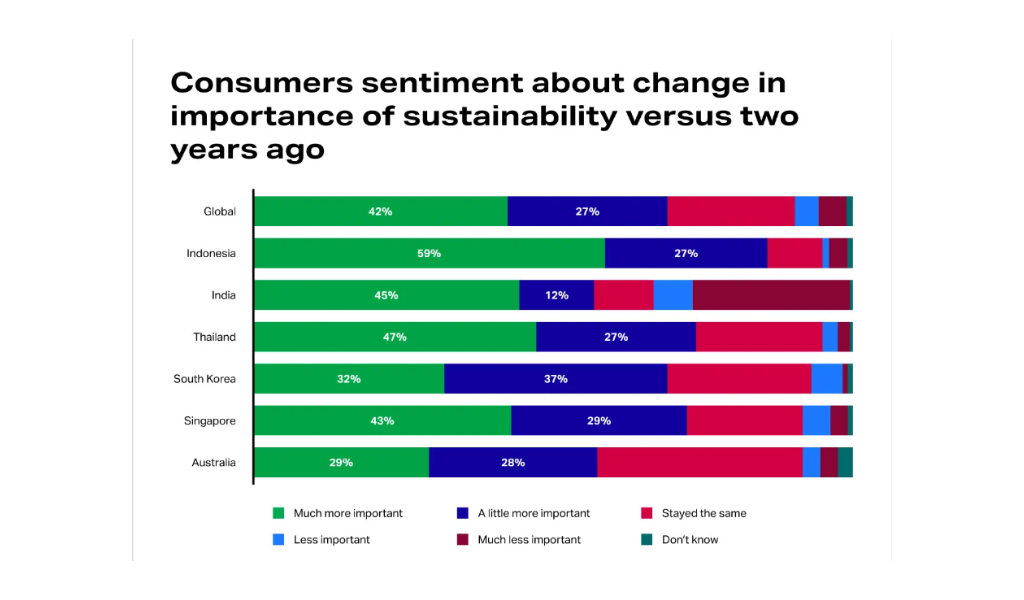
These trends prove that sustainable fashion is not only a niche or a fad but a lasting movement that will shape the fashion industry’s future.
People are getting informed about the problems related to the fashion industry, like climate change, pollution, and unfair treatment of workers. Consumers now want clothing that lasts longer, is made naturally, and aligns with their ethics. Many are even changing how they shop, buying only what they need and reusing or recycling old clothes.
Innovations are happening, too! New tech and creative ideas are helping make fashion more sustainable, like using 3D printing and creating clothes from natural sources like mushrooms.
Sustainable fashion is not just a trend – it’s becoming a big movement changing how the fashion industry works. By supporting sustainable fashion, you’re not only being stylish but also helping the environment and making a positive difference in the world.

